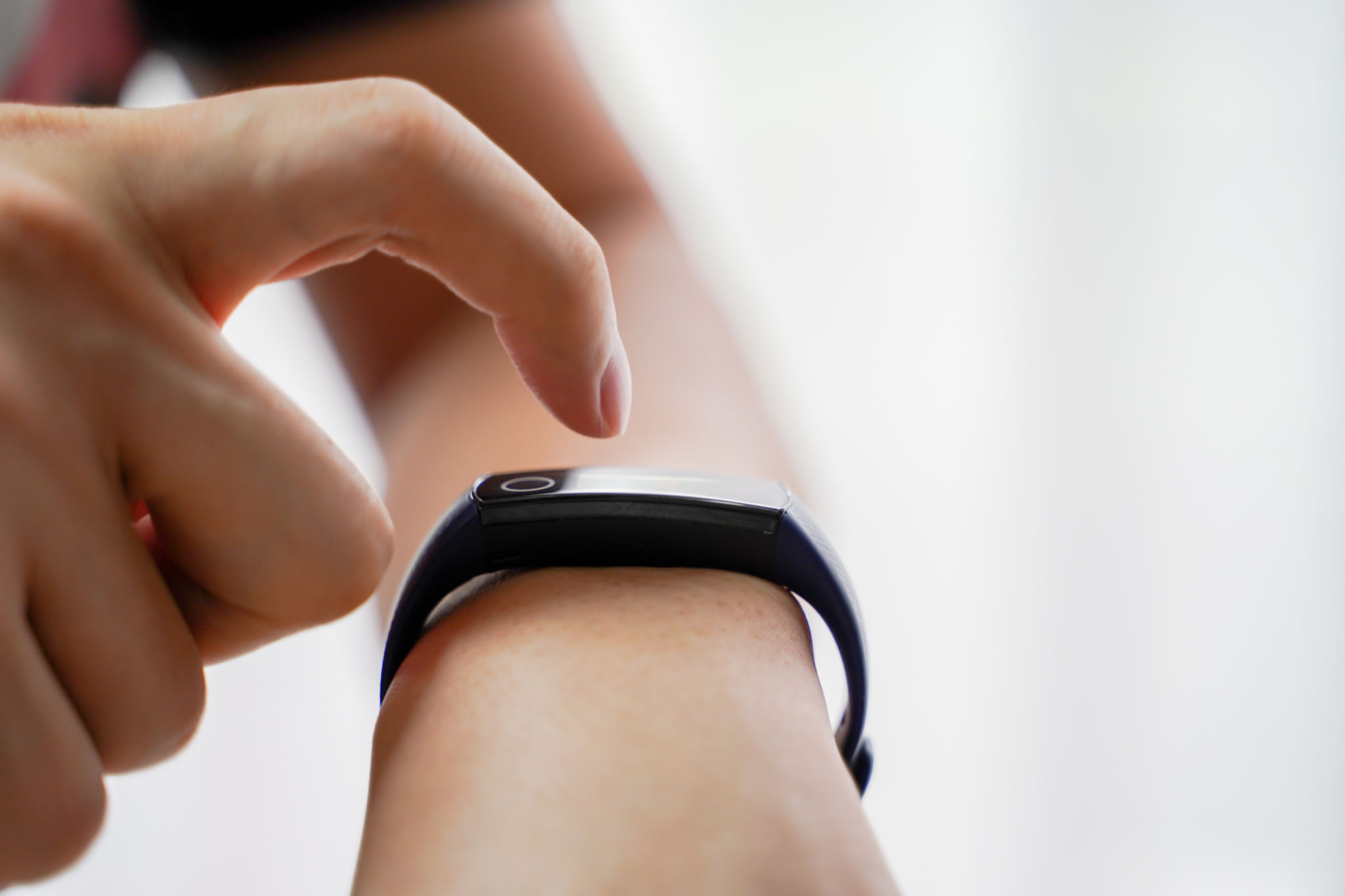Innovative Disaster Equipment Trends for Urban Areas
Ki
Challenges of Urban Disaster Management
As urban areas continue to grow, disaster management becomes increasingly complex. The density of buildings and population requires innovative approaches to ensure safety and efficiency. Traditional methods are often inadequate in addressing the unique challenges posed by city landscapes.
In recent years, technological advancements have paved the way for groundbreaking disaster equipment that promises to transform urban safety. From drones to smart sensors, these innovations are setting new standards in disaster preparedness and response.

Smart Drones for Rapid Assessment
Drones have become an essential tool in disaster management. Equipped with high-resolution cameras and sensors, they can quickly assess damage in areas that are difficult or dangerous to access. This capability allows emergency responders to prioritize areas that need immediate attention.
Moreover, drones can be deployed within minutes, providing real-time data to decision-makers. This rapid assessment capability is crucial in minimizing the impact of disasters and accelerating recovery efforts.
IoT and Smart Sensors
The Internet of Things (IoT) has revolutionized urban disaster management. Smart sensors can be installed throughout a city to monitor environmental conditions continuously. These sensors can detect changes in temperature, humidity, and air quality, providing early warnings for potential disasters.

By leveraging data from these sensors, cities can implement proactive measures to mitigate risks. For instance, in the event of a fire, sensors can pinpoint the exact location, allowing firefighters to respond more efficiently.
Advanced Communication Systems
Effective communication is vital during a disaster. New communication systems are designed to maintain connectivity even when traditional networks fail. Mesh networks, for example, create a web of interconnected devices that can relay information even in isolated areas.
In addition, mobile apps are being developed to provide real-time updates and instructions to residents. These apps can guide people to safe zones, provide first aid tips, and connect them with emergency services.

Robotics and Automation
Robots are increasingly being utilized in disaster scenarios. From search and rescue operations to debris removal, robots can perform tasks that are too dangerous for humans. These machines are equipped with advanced sensors and AI, enabling them to navigate complex environments.
Automation also plays a crucial role in disaster management. Automated systems can manage traffic flow, allocate resources efficiently, and maintain critical infrastructure during emergencies.
Conclusion
As urban landscapes evolve, so too must our approach to disaster management. The integration of innovative equipment and technology is essential for creating resilient cities. By embracing these trends, urban areas can enhance their preparedness and response capabilities, ultimately safeguarding lives and property.